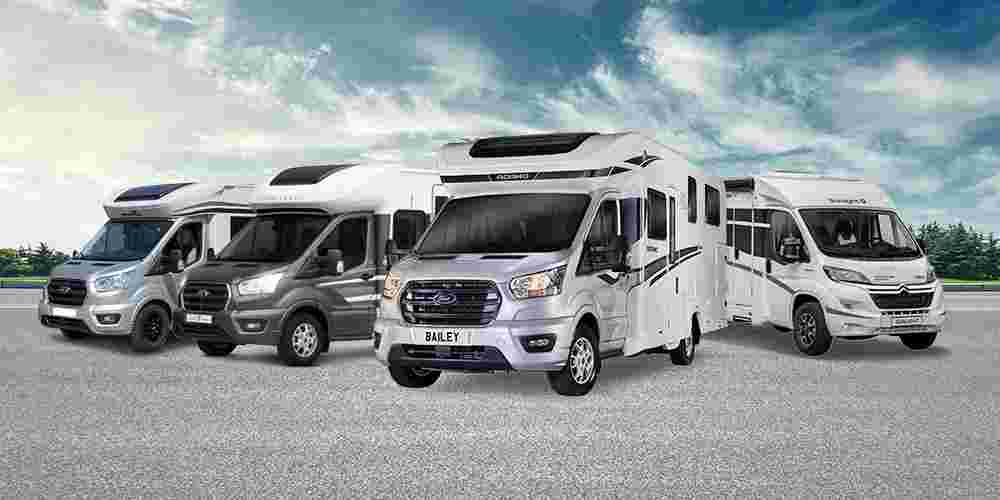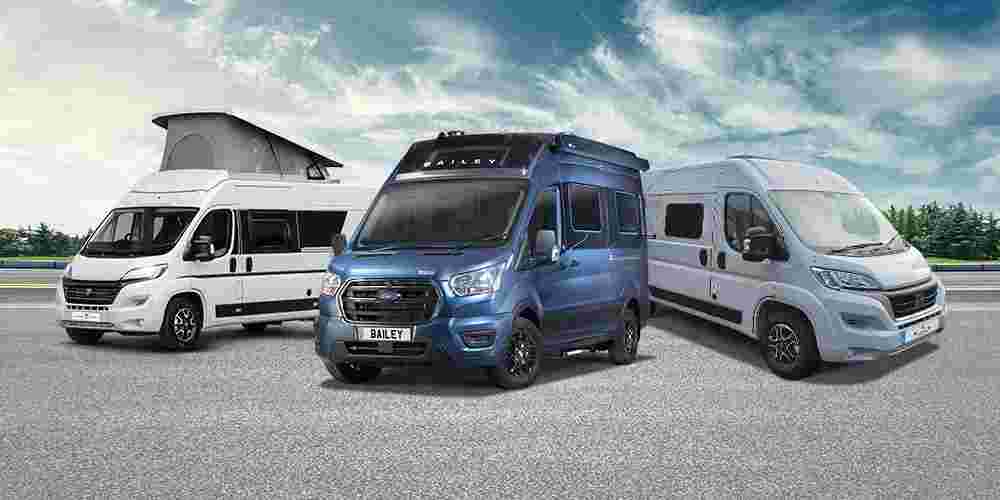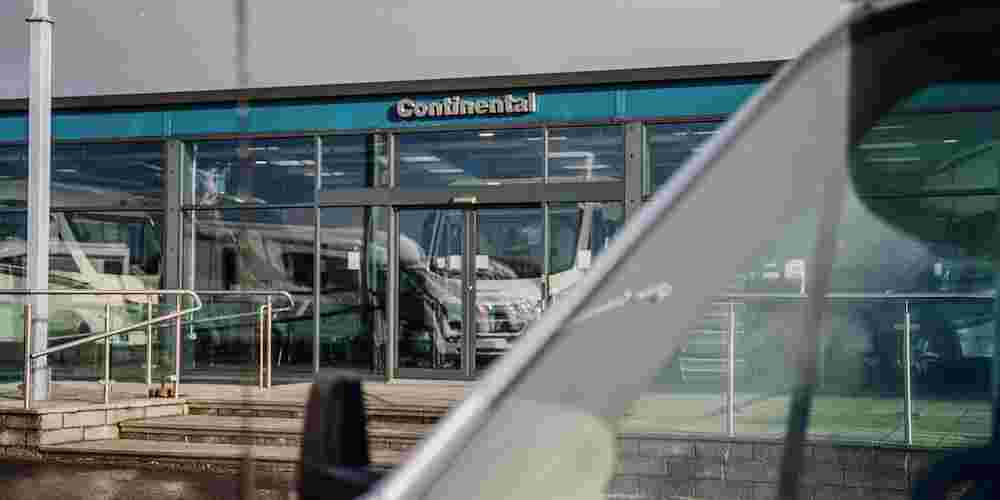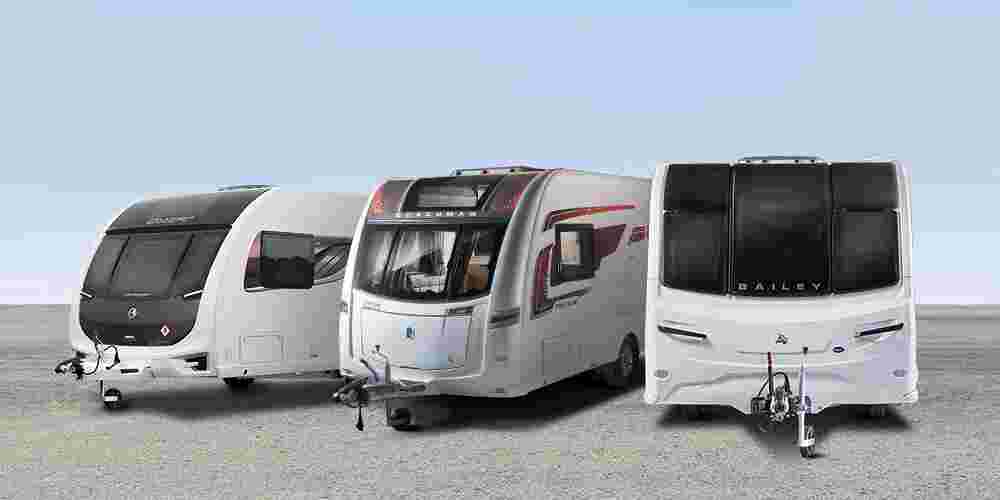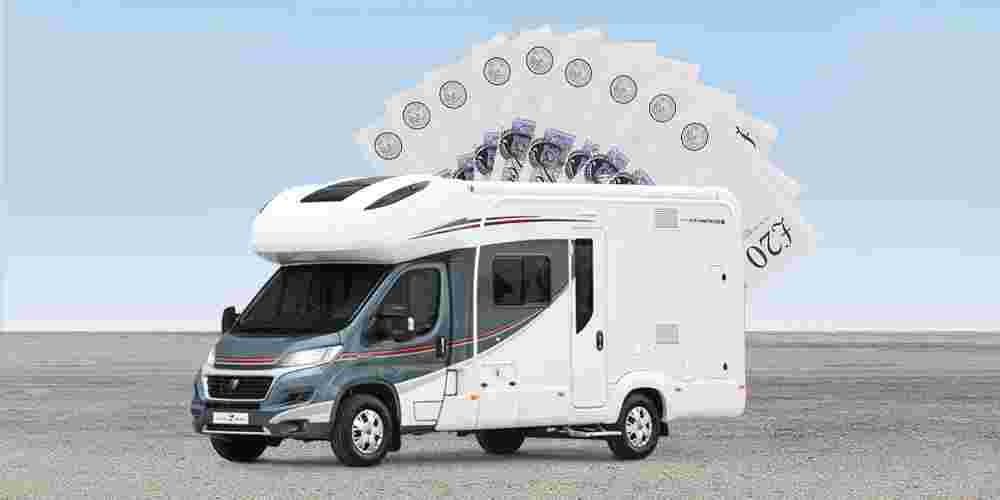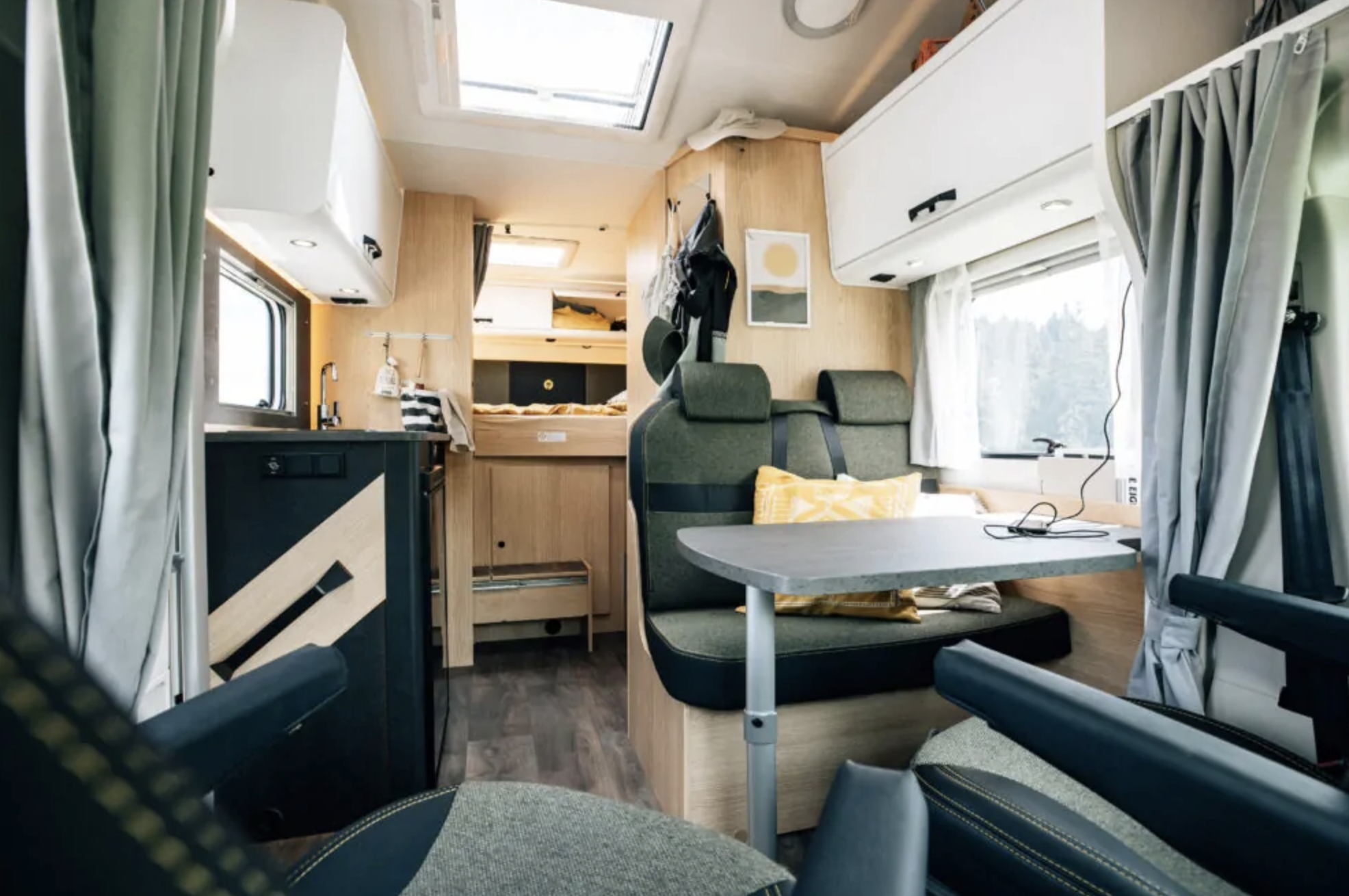
Choosing the Right Layout for your Motorhome
12.11.24
When it comes to buying a motorhome, making sure you get the right layout is one of your most important decisions. The layout will significantly affect how comfortable and convenient your life on the road is, so it’s really important to find a motorhome that matches your lifestyle.
There are various options suited to different needs available - from more spacious layouts with five berths and more, suited to larger families, to compact two-berth designs for couples or solo travellers, and the happy medium of four berth models. It's important to weigh your priorities carefully and make an informed decision. This edition of our blog is designed to help you navigate through the different types of motorhome layout and determine which one’s best suited to your needs.
Types of motorhome layout
Motorhomes are available in various different shapes and sizes, but most of them feature a few distinct layouts. Variations generally involve the number, style and arrangement of beds, the position and configuration of seating areas plus the washrooms and kitchens. Here, we’ll look at the most common layouts.
1. Rear lounge motorhomes:
For those who enjoy a spacious and sociable atmosphere, a rear lounge could be the ideal option. This design showcases a large social area at the back of the vehicle, often in a U-shaped seating arrangement, that can comfortably accommodate several people. This lounge area typically converts into a sleeping area. The rear lounge layout is particularly popular among couples or small groups who spend a lot of time ‘hanging out’ together indoors.
The rear lounge layout tends to offer great panoramic views, as the back windows are large, and so it’s perfect for people who like a homely environment to unwind in after a long day of driving.
2. Fixed bed motorhomes:
For individuals or couples who hate hassle and want to avoid the rigmarole of converting seating areas into beds last thing each night, a fixed bed layout is a convenient solution. As the name suggests, a fixed bed layout comes with a permanent bed. This typically located at the rear (or across the width of) the vehicle. A fixed bed layout might feature a double bed or a pair of singles, depending on your preference.
One of the big benefits of this layout is that it provides a stable sleeping arrangement with no need to rearrange the space daily. Many fixed bed models also come with some storage space beneath the bed, so they can be perfect for stashing away your clothes, or other items you don’t want to leave lying around in the open. However, there is a trade-off. Fixed beds may reduce the available living space, as a significant portion of the motorhome is dedicated to the sleeping area.
3. End kitchen motorhomes:
Though quite unusual, an end kitchen layout positions the kitchen at the back of the motorhome. This has the effect of creating a more centralised living space. The living area is generally positioned at the front, with comfortable seating arrangements for dining and relaxing. End kitchen layouts are particularly popular in more compact motorhomes where the kitchen needs to be functional but without taking up too much room.
A main advantage of end kitchen layouts is that they free up the central space for other purposes – namely socialising and dining! This type of layout is excellent choice for travellers who enjoy cooking and want easy kitchen access without sacrificing too much living space - however, the kitchen may be smaller than those found in some other layouts.
4. Island bed motorhomes:
The island bed layout provides great comfort and privacy. It features a fixed and free-standing double bed that can be accessed from the end or either side, typically in a spacious rear bedroom area. It allows for easy movement around the bed, so you don't have to crawl over your bed-mate to get in and out!
An island bed layout often comes with handy additionals, such as wardrobes either side plus other storage compartments. It's particularly suited for couples who value their night-time comfort and don’t mind giving up a bit of the main living area space. Island bed motorhomes tend to be larger, meaning they may be less suitable for those who want a compact vehicle which can navigate tight spots.
5. Drop-down bed motorhomes:
If you’re looking for a truly versatile layout, a drop-down bed could be a good fit. This layout features a bed that can be tucked away when not in use and then lowered from the ceiling when needed. This offers extra bed space but keeps the motorhome optimised during the day in terms of its available space, allowing for a large living area and multiple seating arrangements.
A drop-down is a great choice for those who want to optimise the layout of their motorhome without having to make any compromise on its sleeping capacity. However, the drop-down bed may not be as large as a fixed bed.
6. Bunk beds motorhomes:
Motorhomes with a bunk beds layout are particularly suited to families with kids. This design features two or more fixed single beds stacked in a vertical arrangement (i.e. bunked on top of each other), which are often in the rear section of the vehicle. Bunk beds allow for separate sleeping spaces for children (or multiple adults), so they’re more private than a shared bed.
Layout to lifestyle
To avoid disappointment and problems, the layout of your motorhome should marry up with how you intend to use it.
a) How many people will be travelling with you?
If you’re travelling solo or as a couple, it’s probably that a smaller layout with a fixed bed or rear lounge might suit your needs. For families or groups of friends, a layout that can accommodate multiple people will be necessary (such as a bunk bed layout or one with a flexible sleeping area).
b) How important is comfort and privacy to you?
If you value having your own private space, layouts that feature separate bedrooms are probably for you (such as those with a fixed or island bed at the rear). On the other hand, if you're more concerned with being flexible and don't mind sharing living space, a rear lounge or drop-down might be more appropriate.
c) Do you cook a lot while on the road?
If cooking is a big part of your travel routine, a motorhome with a well-equipped kitchen is a must. A layout with an end kitchen or central kitchen will probably provide more prep and storage space but, if you're more inclined to eat out or keep things simple, a compact kitchen area with a larger lounge could be enough.
d) How much storage do you need?
The amount of storage space available in the motorhome should be another important factor when you’re choosing the right layout. Fixed bed layouts often provide excellent storage underneath the bed, while island beds or drop-downs might need more creative solutions. Consider the amount of gear you'll be taking with you on your trips, and whether the motorhome provides enough room for your belongings.
Choosing the right motorhome layout is, really, quite simple. It’s a matter of balancing your travel needs with the space and comfort requirements of your lifestyle. By choosing the right layout with Continental, your motorhome will be not just your mode of transport, but a true home on wheels.
